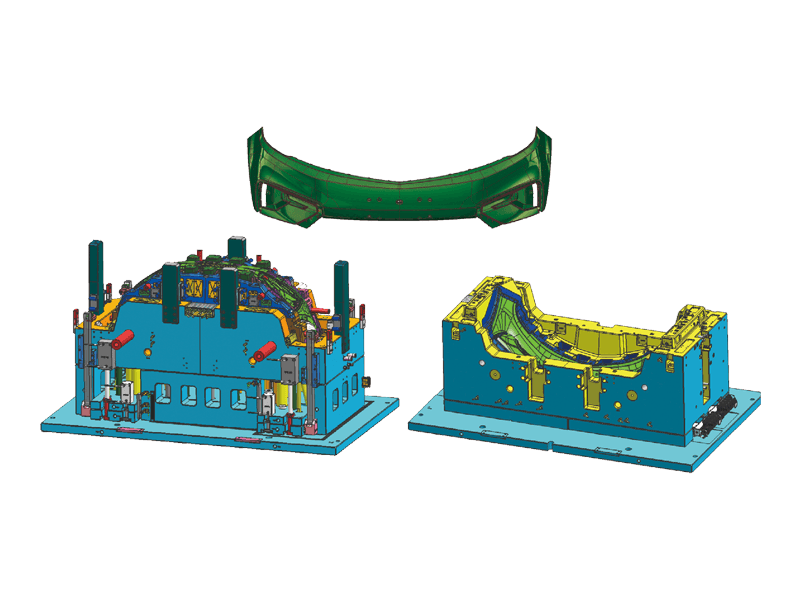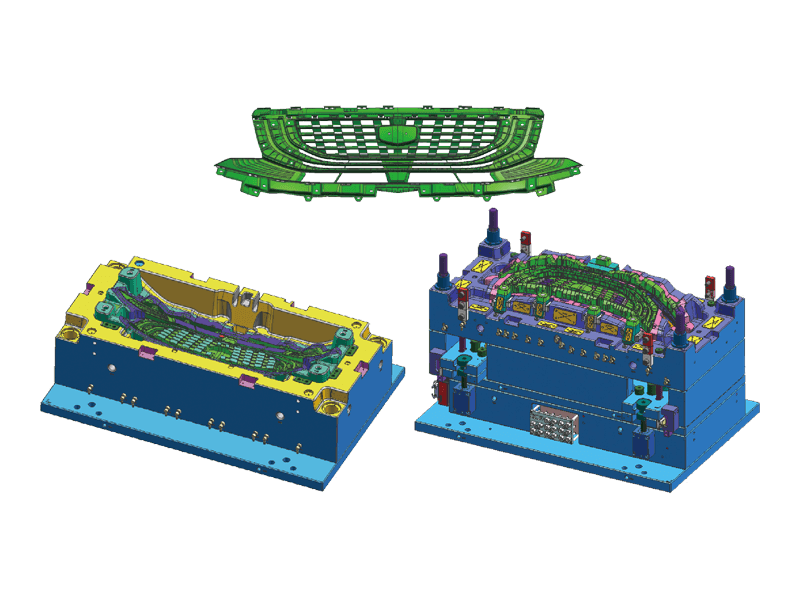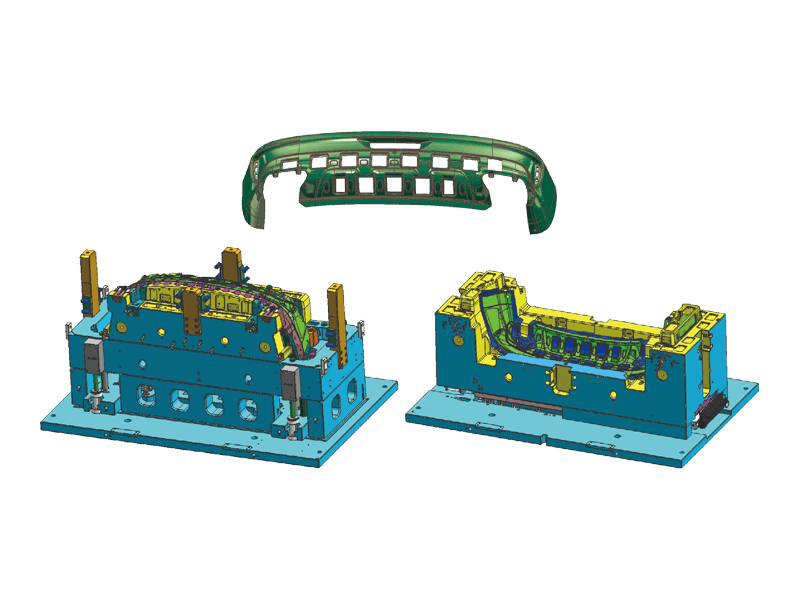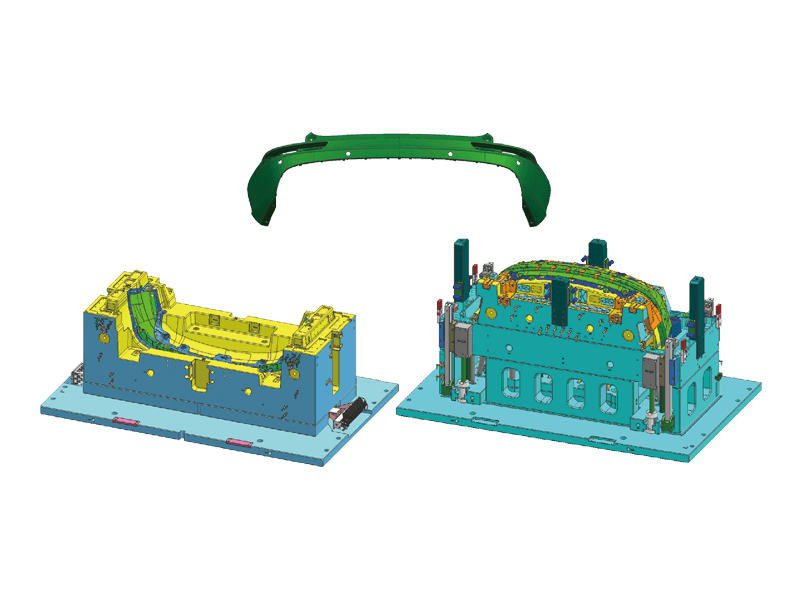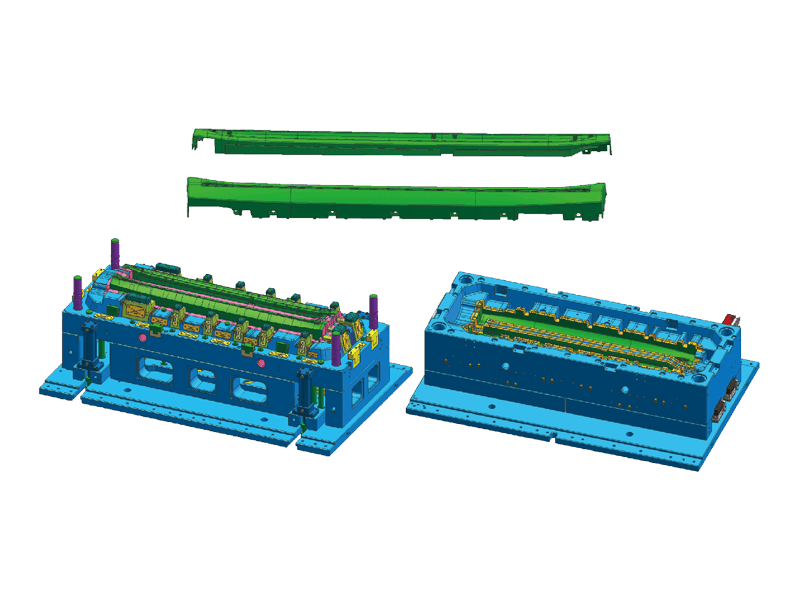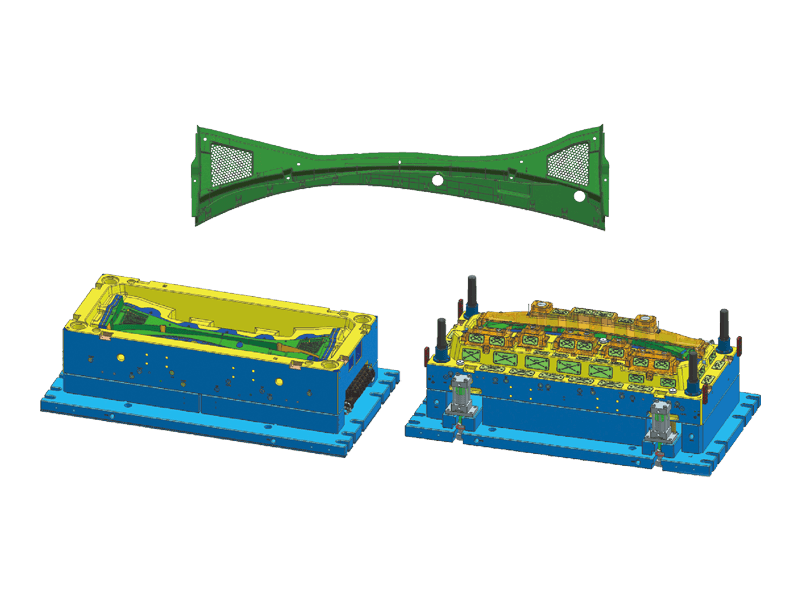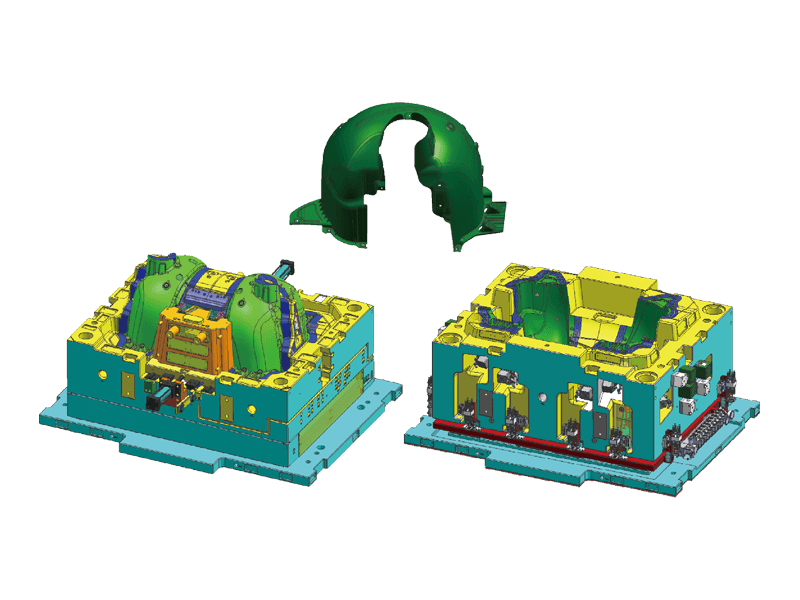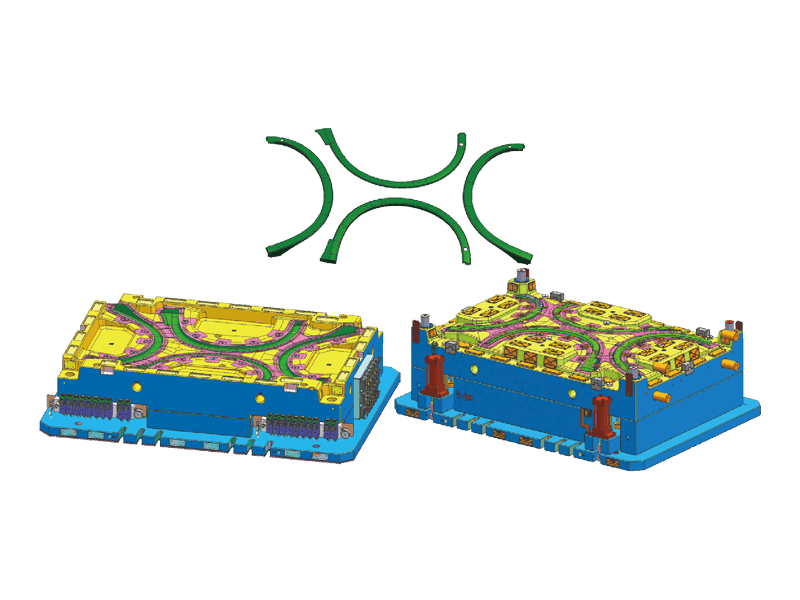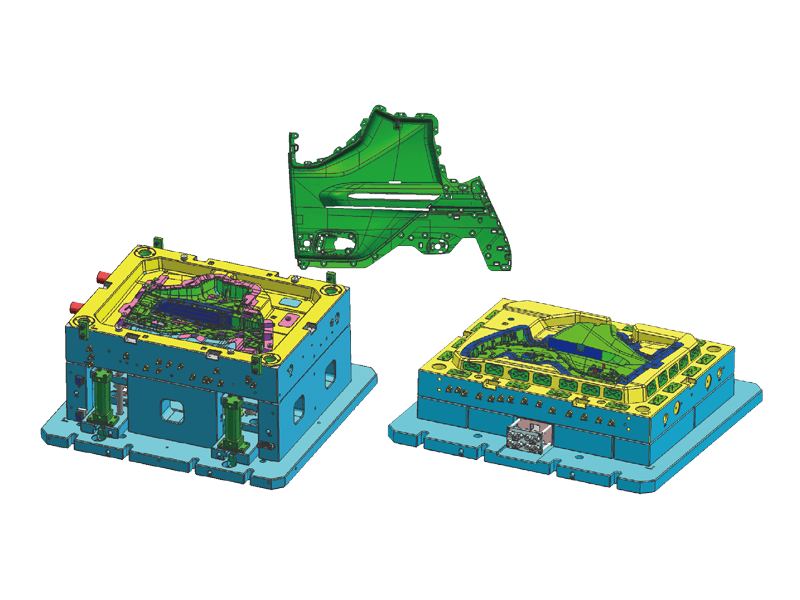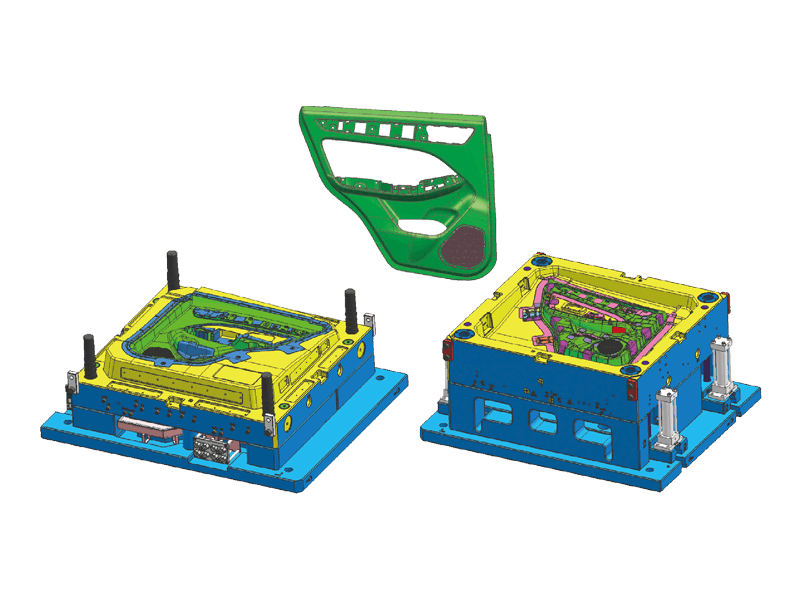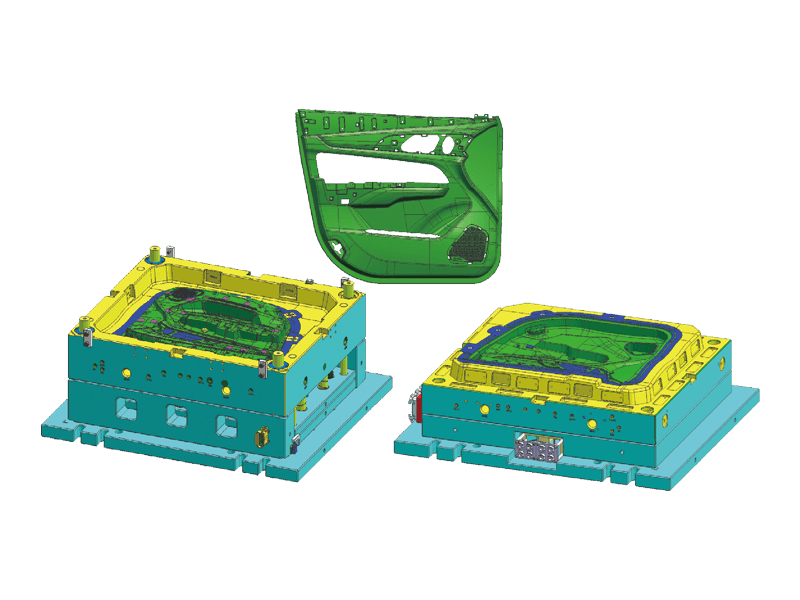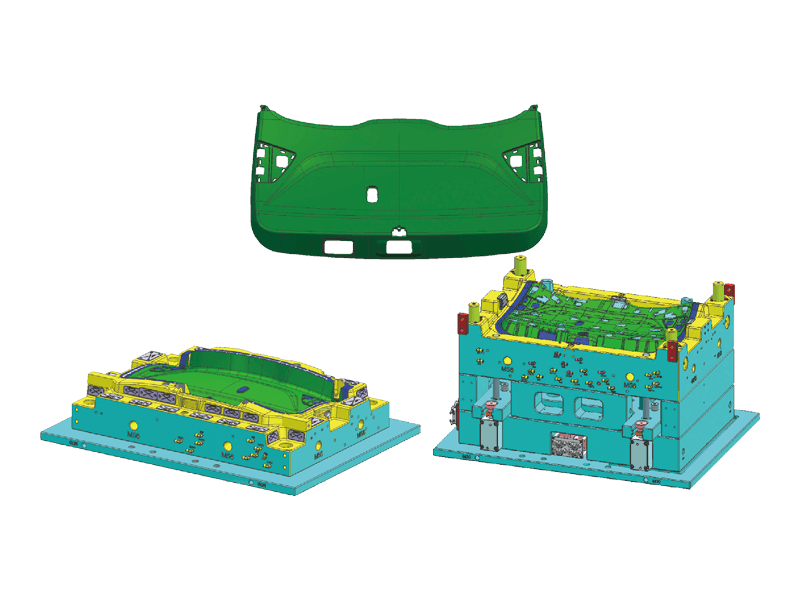The instrument panel is a crucial component in modern vehicles, acting as the central hub for the driver’s interaction with the car. It houses essential instruments and controls, from speedometers to infotainment systems, and its design greatly impacts both functionality and aesthetics. To achieve the complex shapes and varied textures required for today’s dashboards, manufacturers rely heavily on plastic injection instrument panel molds. This article explores the significance, advantages, and advancements in the field of plastic injection molding for instrument panels.
Understanding Plastic Injection Molding
Plastic injection molding is a manufacturing process that involves injecting molten plastic into a pre-designed mold cavity, where it cools and solidifies to form a specific part. This technique is particularly effective for producing complex geometries and high-quality surfaces, making it ideal for instrument panels that require both durability and visual appeal.
The process begins with the design of the mold, which is created using advanced computer-aided design (CAD) software. Once the design is finalized, the mold is fabricated, often using high-grade steel to withstand the pressures of repeated use. Afterward, plastic pellets are heated until they melt, then injected into the mold under high pressure. Once the plastic cools, the mold opens, and the finished instrument panel component is ejected.
Advantages of Plastic Injection Instrument Panel Molds
Precision and Consistency: One of the significant benefits of plastic injection molding is its ability to produce highly precise components. The molds are designed to exact specifications, allowing for consistent replication of parts. This precision is crucial for instrument panels, where the fit and finish directly affect functionality and aesthetics.
Complex Shapes: Instrument panels often feature intricate designs that incorporate multiple elements such as gauges, buttons, and screens. Plastic injection molding can create these complex shapes efficiently, allowing manufacturers to explore innovative designs that enhance user experience.
Cost-Effectiveness: While the initial investment in mold creation can be high, the long-term benefits of plastic injection molding make it a cost-effective option for mass production. Once the mold is made, producing each additional part becomes relatively inexpensive, making it ideal for large-scale automotive manufacturing.
Material Versatility: Plastic injection molding allows for the use of various materials, including thermoplastics and thermosetting plastics. This versatility enables manufacturers to choose materials that suit the specific requirements of the instrument panel, such as durability, temperature resistance, and finish.
Surface Finish Options: The surface finish of an instrument panel is crucial for both functionality and visual appeal. Plastic injection molding allows for a variety of finishes, including matte, gloss, and textured surfaces. This capability enables manufacturers to create panels that are not only functional but also aesthetically pleasing.
Integrated Features: Modern instrument panels often incorporate advanced technology, such as touchscreens and integrated controls. Plastic injection molding facilitates the production of complex components that can accommodate these features, enabling manufacturers to meet the growing demand for technologically advanced vehicles.
Applications of Plastic Injection Instrument Panel Molds
Plastic injection molding is utilized in various applications within the automotive industry, particularly in the production of instrument panels. Some common applications include:
Dashboard Components: The prominent application of plastic injection molds is in the creation of dashboard assemblies. These components must accommodate various instruments and controls, and injection molding provides the flexibility needed to achieve this.
Gauge Housing: Molds are used to create the housing for gauges, ensuring that they fit seamlessly into the dashboard while maintaining a visually appealing design.
Control Panels: Many vehicles feature control panels that are part of the instrument cluster. Injection molding allows for the production of complex control layouts, integrating buttons, dials, and screens into a cohesive design.
Decorative Elements: Manufacturers often use plastic injection molds to create decorative trim pieces that enhance the overall aesthetic of the instrument panel. This includes accents, bezels, and other decorative features.


 English
English 中文简体
中文简体